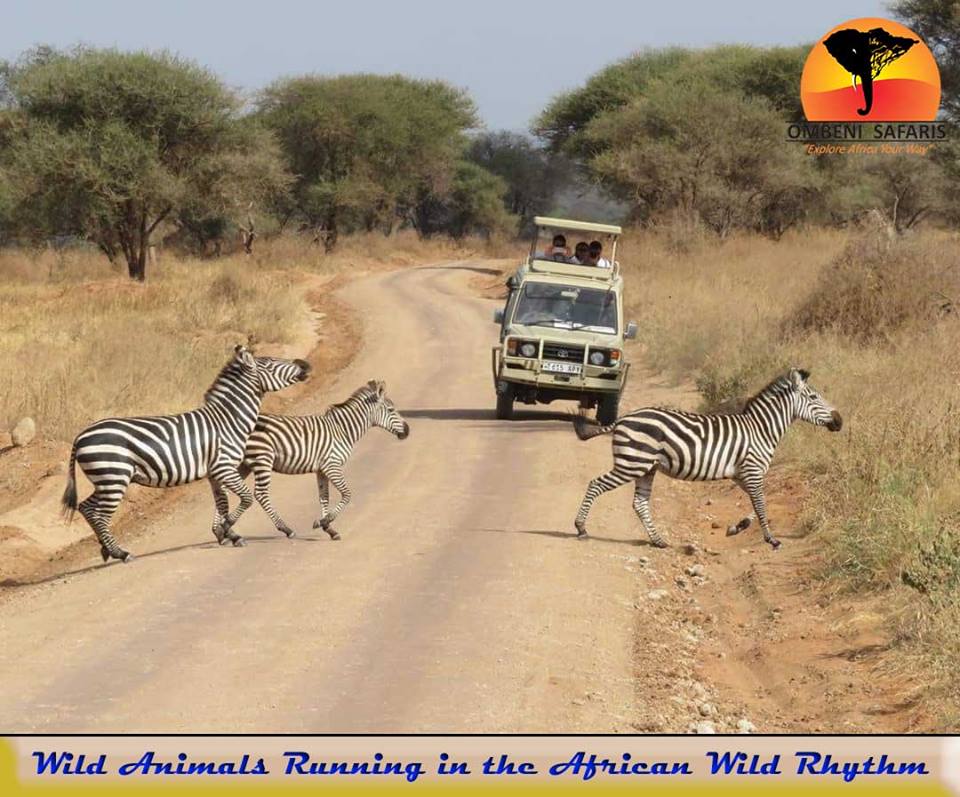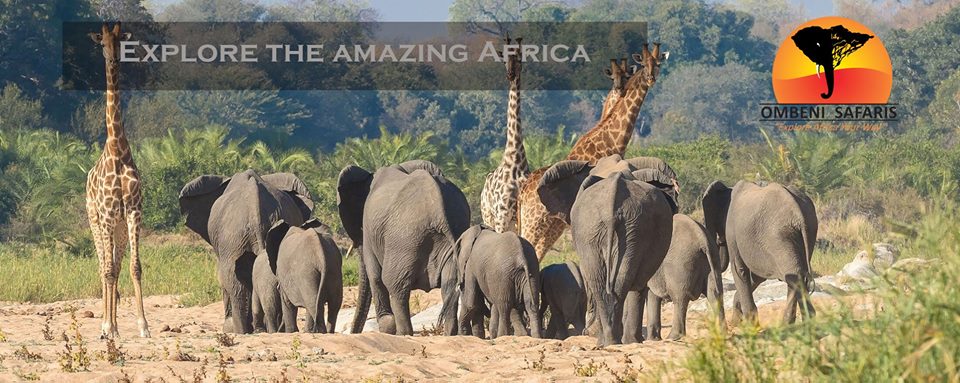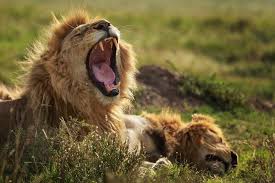Imagine vast herds of wildebeests along with zebras, antelope and gazelles traversing the geographic region plains where predators are waiting for the hidden hunt. It’s one thing you’ve got seen on film, and now, you’ll witness this drama eye to eye throughout the beautiful Migration of this African wild safari. Here are some attention-grabbing facts that you may not understand about this grand event and its star—the wildebeests.
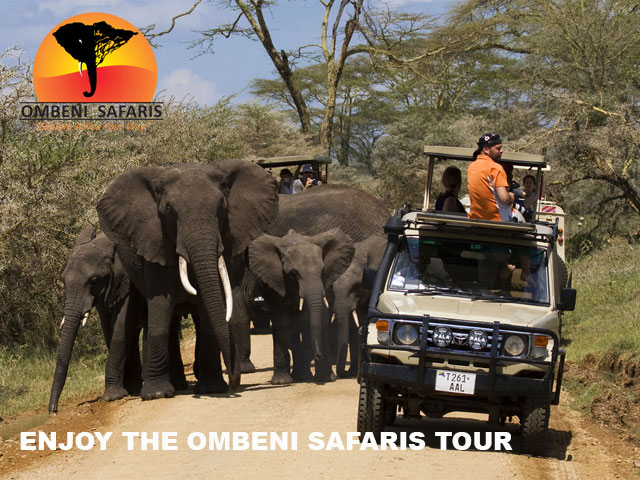
- The drama of migration is always unique each year that you will capture with African hunting safari only. Each year, nearly a pair of million wildebeests, zebras and antelope makes a circular tour between the Serengeti in the United Republic of Tanzania and the Maasai Mara in the African nation in search of greener pastures. They make their annual trek north toward the Maasai Mara between July and Oct. However, the actual movements and timings of the migration vary from year to year.
- Water crossings are one amongst the most dangerous obstacles for wildebeests. Hippos and river crocodiles lay in wait at several watercourse crossings. Additionally to predators that take advantage of the water, many wildebeests could drown if they select a time or spot to cross where the water is too high or swift.
- Wildebeests drop their young all at once. Throughout a two- to the three-week in Jan and Feb, Wildebeests give birth to some 300,000 to 400,000 calves. It provides a feast for predators like hyenas and lions. However, as a result of the predators quickly become satisfied and are unable to consume the maximum amount as they’d. If the wildebeest’s birth remains spread over more extended amount, they will perceive less impact on newborn calf populations.
- Wildebeests calves are born to run. Newborn wildebeests, excellent for gaining coordination quicker than other ungulates, get to their feet 2 to 3 minutes after birth and become able to run with the herd when only 5 minutes. On this African hunting safari, we’ll see how quickly, they will even run a lion!
- The beautiful Migration helps wildebeests keep alive. Though this massive seasonal movement is driven by the constant desire for food, being perpetually in motion helps wildebeests avoid large numbers of predators, several of that can’t follow herd’s way because of their territorial nature and have calve with them.
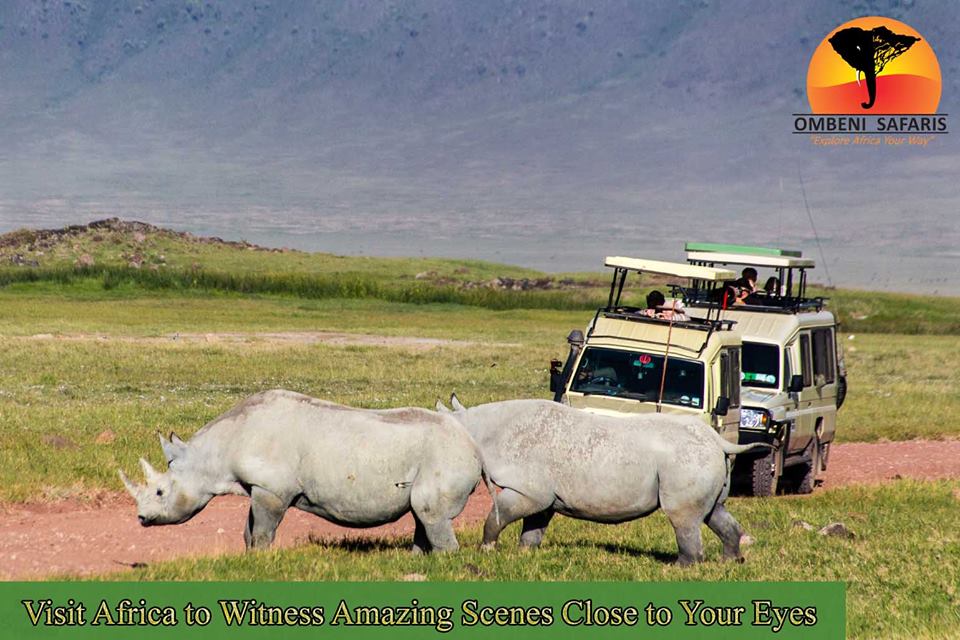
Explore more with African wild safari, and see the unimaginable Wildebeests, the “Big Five” (lion, leopard, African elephant, buffalo and black rhinoceros) plus other fascinating species like giraffe, hyena, cheetah, antelope and antelope, on a great wild African Safari.
